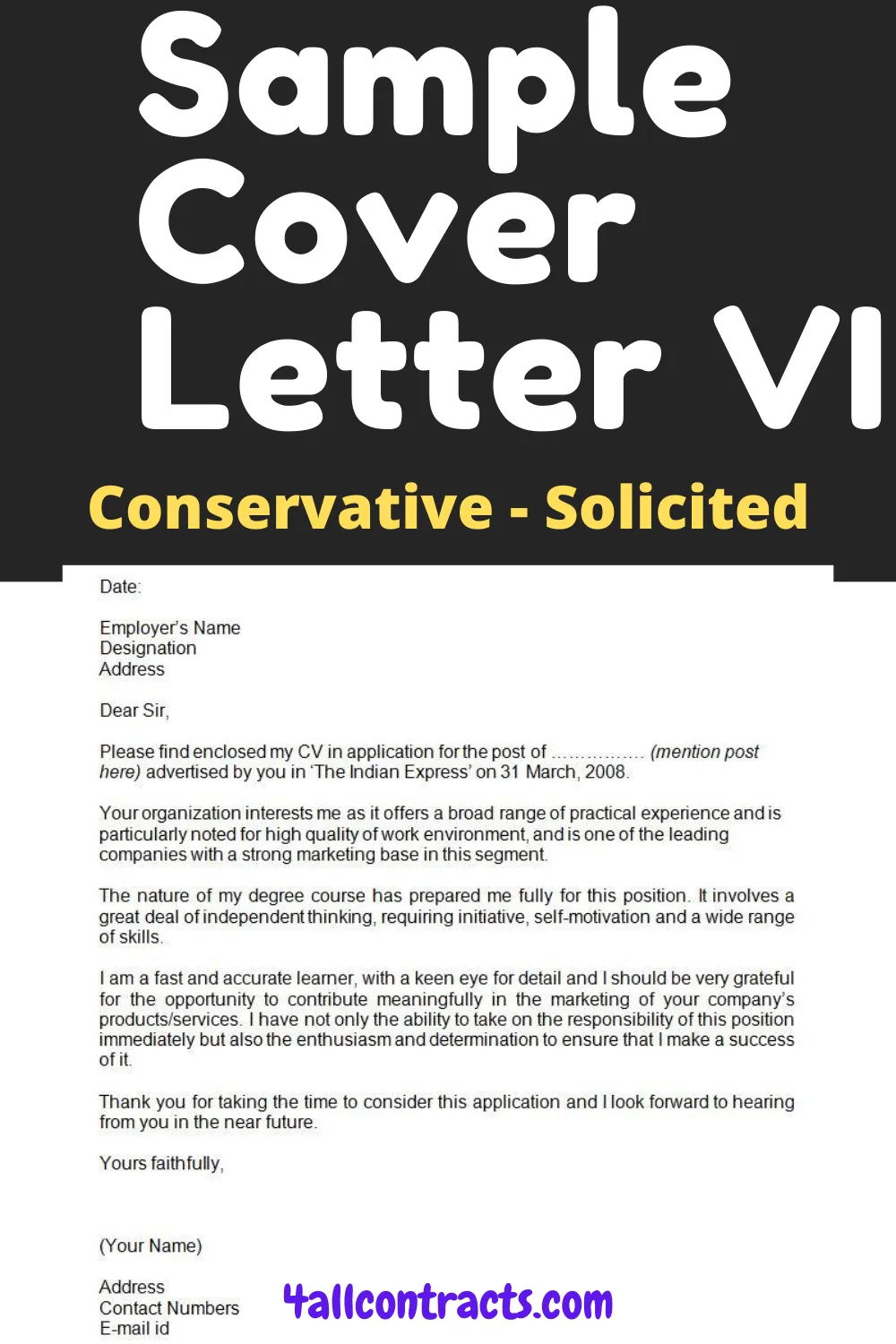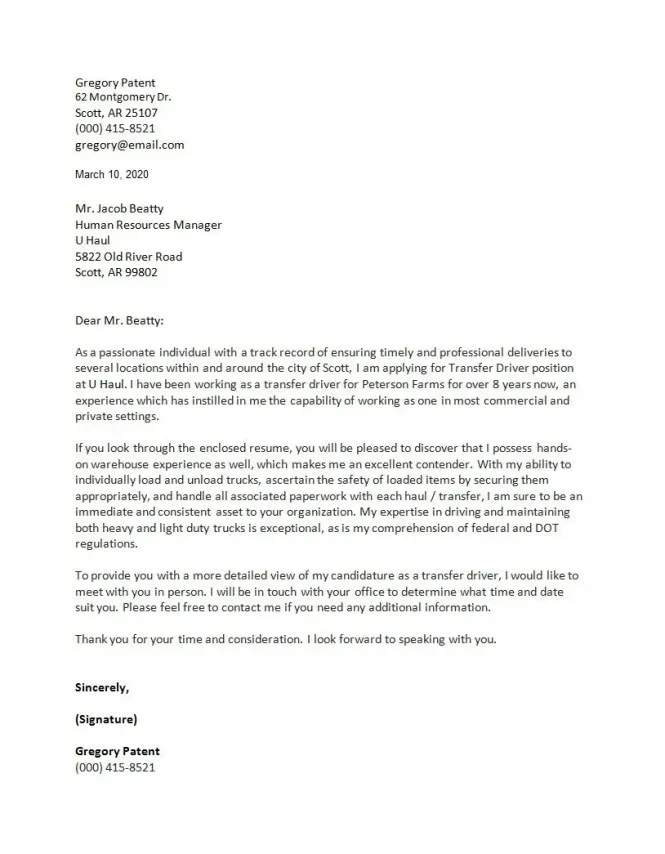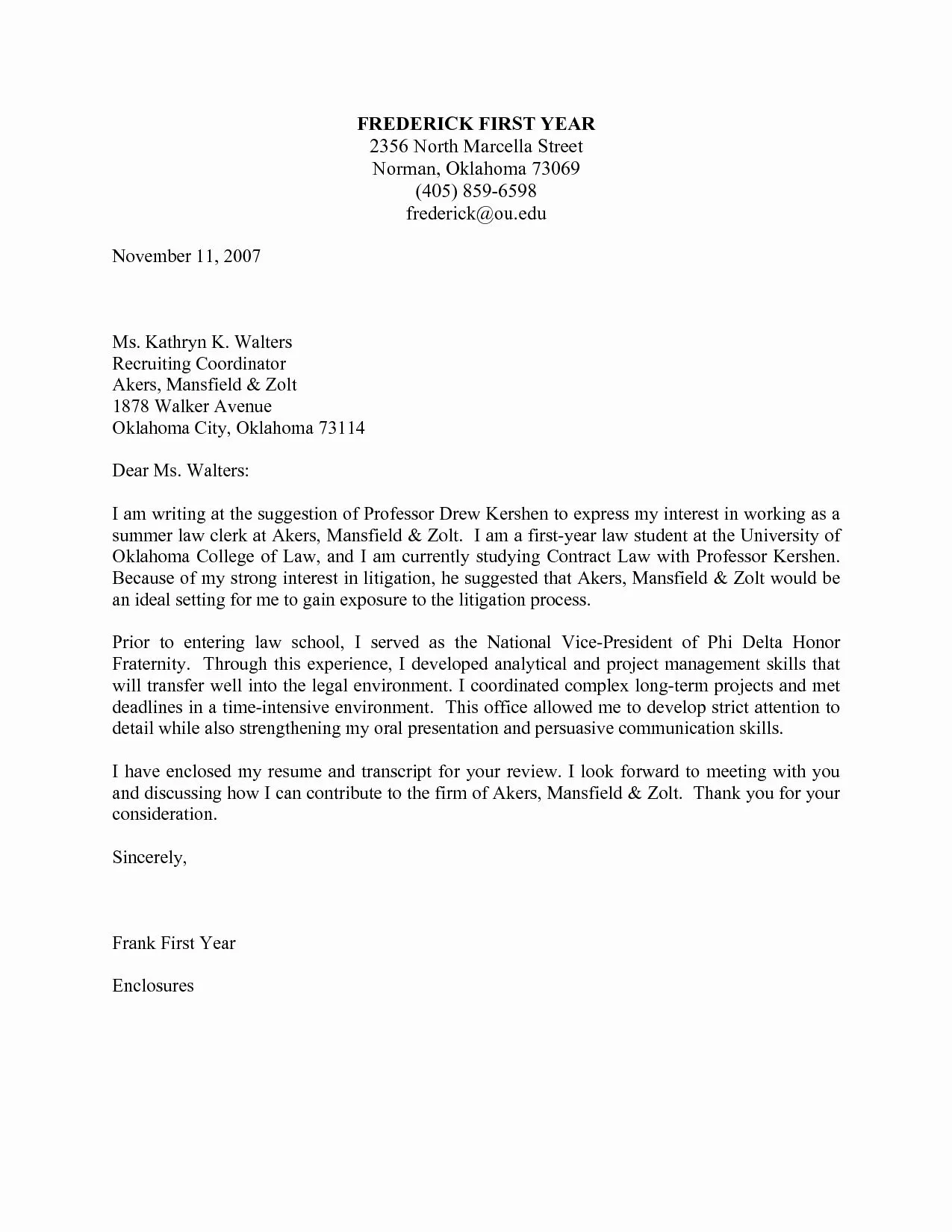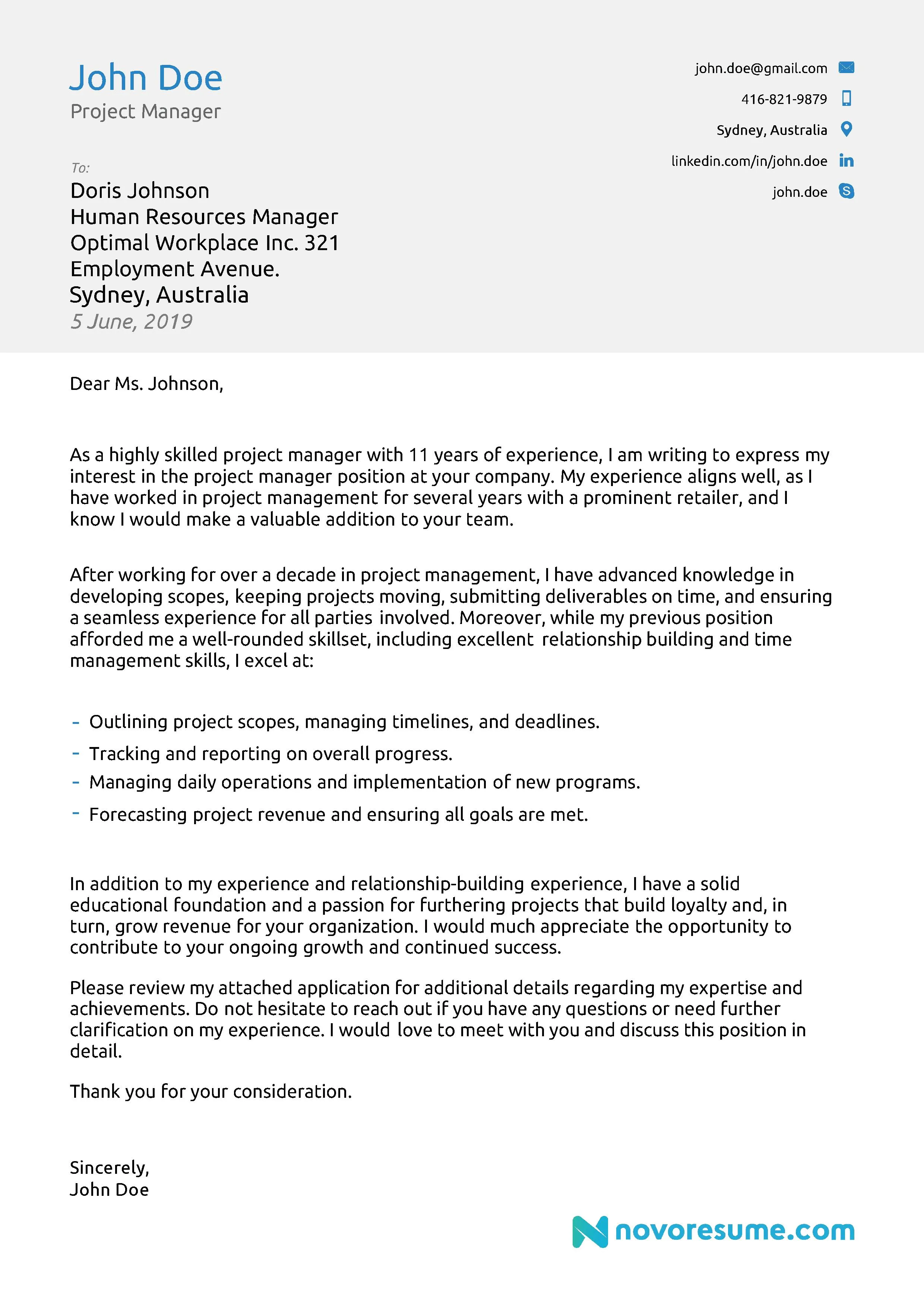Cover Letter Secrets Unveiled
A cover letter is your first impression. It is your chance to make a great first impression and get the recruiter or hiring manager interested in you. However, the cover letter is often overlooked, and many job seekers fail to realize its significance. This guide will uncover secrets for writing a compelling cover letter that increases your chances of landing an interview. We will delve into actionable tips and strategies to help you create a cover letter that truly shines. Whether you’re a recent graduate or a seasoned professional, mastering the art of cover letter writing is essential for career success. Remember, a well-crafted cover letter is more than just a formality; it is a powerful tool to sell yourself and secure your dream job.
Highlighting Key Skills
One of the most important aspects of an outstanding cover letter is highlighting the skills most relevant to the job you’re applying for. The cover letter is not a place to list every skill you possess; instead, focus on the ones that align directly with the job description. Begin by carefully analyzing the job posting. Identify the key skills, qualifications, and requirements the employer is seeking. Then, in your cover letter, explicitly state how your skills and experience meet these needs. Use specific examples to demonstrate how you’ve successfully applied these skills in the past. This could be from a previous job, a volunteer experience, or even a personal project. By showcasing relevant skills, you immediately capture the reader’s attention and demonstrate that you’re a strong fit for the role.
Tailoring to the Job

Generic cover letters are easily spotted and often discarded. Tailoring your cover letter to each job you apply for is crucial. It shows the employer that you’ve taken the time to understand their specific needs and that you’re genuinely interested in the position. Start by researching the company. Understand their mission, values, and the specific challenges they are facing. Then, in your cover letter, address these points directly. Explain how your skills and experience can help them achieve their goals. Customize your letter by referencing specific projects, achievements, or even company initiatives that resonate with you. This level of personalization will demonstrate your genuine interest and increase your chances of standing out from the competition. Make sure to always read the job description thoroughly and incorporate the language and keywords used in the posting.
Quantifying Achievements
Don’t just tell employers what you did; show them the impact of your work by quantifying your achievements. Use numbers, percentages, and specific data points to illustrate your accomplishments. For example, instead of saying “Improved sales,” say “Increased sales by 15% in six months.” This provides tangible evidence of your skills and accomplishments, making your cover letter more compelling. When possible, use metrics that directly relate to the job requirements. Did you manage a team? Mention the size of the team and your success. Did you handle customer service? Include statistics regarding customer satisfaction or resolution rates. The more specific and quantifiable your achievements are, the more impressive your cover letter will be. Always back up your claims with concrete evidence of your impact.
Showcasing Personality
While professionalism is important, don’t be afraid to let your personality shine through in your cover letter. Hiring managers want to get to know the person behind the resume. Your cover letter is a chance to showcase your unique voice and enthusiasm. Use a professional tone, but avoid sounding robotic or generic. Share a brief anecdote or story that illustrates your work ethic, problem-solving skills, or passion for your field. This personal touch helps the reader connect with you on a deeper level. However, be mindful of the company culture and the nature of the job. Your goal is to strike a balance between professionalism and personality. By injecting your personality, you make your cover letter more memorable and demonstrate that you’re a good fit for the company’s culture.
Proper Formatting and Structure

The formatting and structure of your cover letter are just as important as its content. A well-organized and visually appealing cover letter is easy to read and leaves a positive impression. Ensure your letter is properly formatted, with clear headings, concise paragraphs, and a professional font. Use a standard business letter format, including your contact information, the date, the hiring manager’s name (if known), and a formal closing. Keep your cover letter concise – ideally no more than one page. Divide the content into logical sections to make it easier for the reader to follow. Proofread carefully for any typos or grammatical errors. Poor formatting and errors can undermine your credibility and make it look like you don’t pay attention to detail.
The Opening
The opening of your cover letter is critical as it sets the tone and grabs the reader’s attention. Avoid generic openings like “To Whom It May Concern” or “I am writing to apply.” Instead, personalize your opening by addressing the hiring manager by name if you know it. State the position you’re applying for and briefly explain where you saw the job posting. In the first paragraph, highlight your enthusiasm and summarize the key skills and experience that make you a strong candidate. Make sure your opening statement is clear, concise, and immediately communicates your value proposition.
The Body
The body of your cover letter should expand on the key skills and experiences mentioned in your opening. Use one or two paragraphs to elaborate on your most relevant accomplishments and how they align with the job requirements. Use the STAR method (Situation, Task, Action, Result) to structure your responses and provide specific examples. Focus on the value you can bring to the company. Demonstrate your understanding of the company’s needs and how your skills and experiences can help them achieve their goals. Keep paragraphs concise and focused, making them easy for the reader to follow.
The Closing

Your closing should be professional and leave the reader with a strong sense of your enthusiasm and availability. Thank the hiring manager for their time and consideration. Reiterate your interest in the position and express your eagerness to learn more. Include a call to action, such as stating that you’re available for an interview at their earliest convenience. End with a professional closing, such as “Sincerely” or “Best regards,” followed by your name and contact information. Proofread your cover letter one last time to ensure everything is error-free before submitting it.
Cover Letter Tone
The tone of your cover letter should be professional, yet engaging. It should reflect your personality while maintaining a respectful and business-like demeanor. Avoid overly casual language, slang, or jargon. Instead, use clear and concise language that is easy to understand. Demonstrate enthusiasm for the role and the company, but avoid sounding overly desperate. Your cover letter is an opportunity to showcase your communication skills, so pay close attention to your word choice and sentence structure. Always proofread your letter to ensure that your tone aligns with the company’s culture and the requirements of the job.
Keywords in your Cover Letter
Incorporating relevant keywords from the job description into your cover letter is essential. Many companies use Applicant Tracking Systems (ATS) to screen cover letters and resumes. These systems scan for specific keywords to determine if a candidate is a good fit. Analyze the job description to identify the keywords and phrases that are used to describe the required skills, experiences, and qualifications. Then, incorporate these keywords naturally into your cover letter. Don’t stuff your letter with keywords, but strategically include them to demonstrate that you meet the requirements of the role. This approach will help your cover letter pass through the ATS and make it to the hiring manager’s desk.
